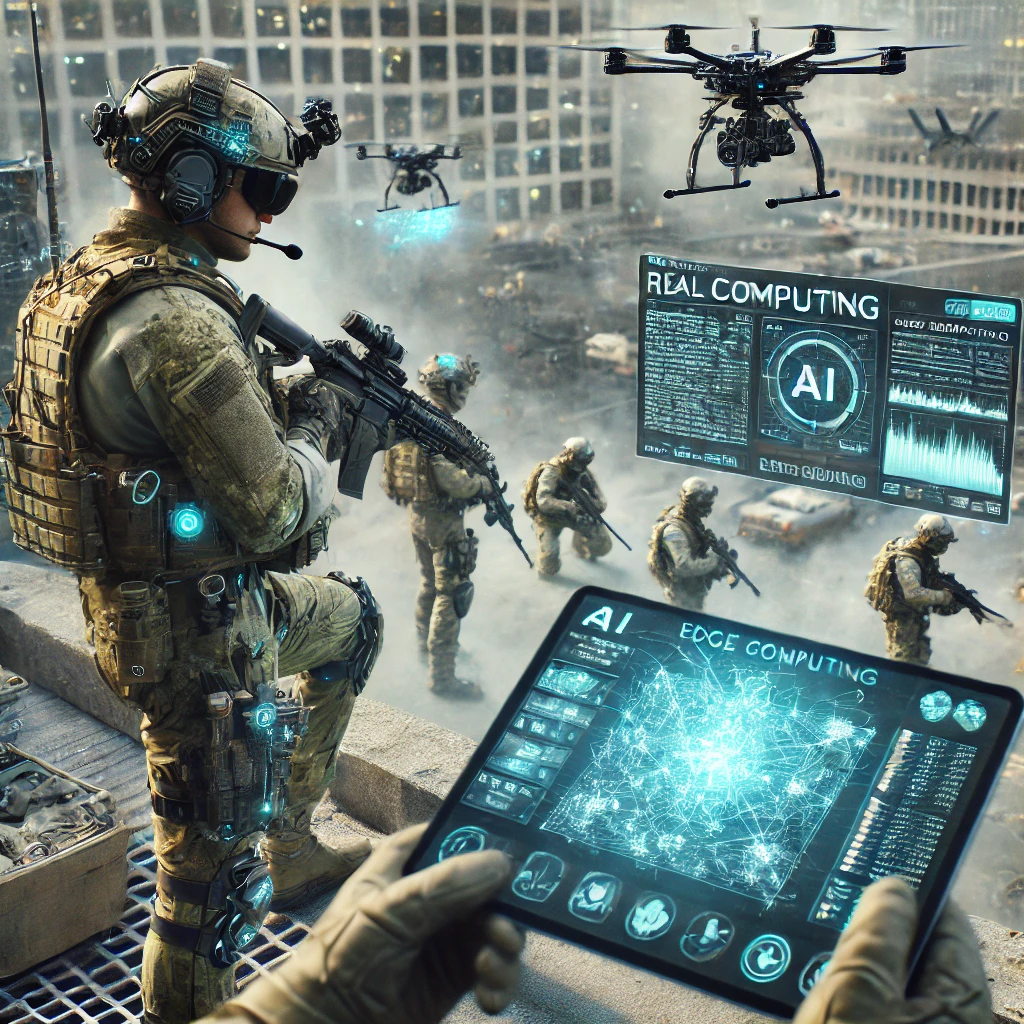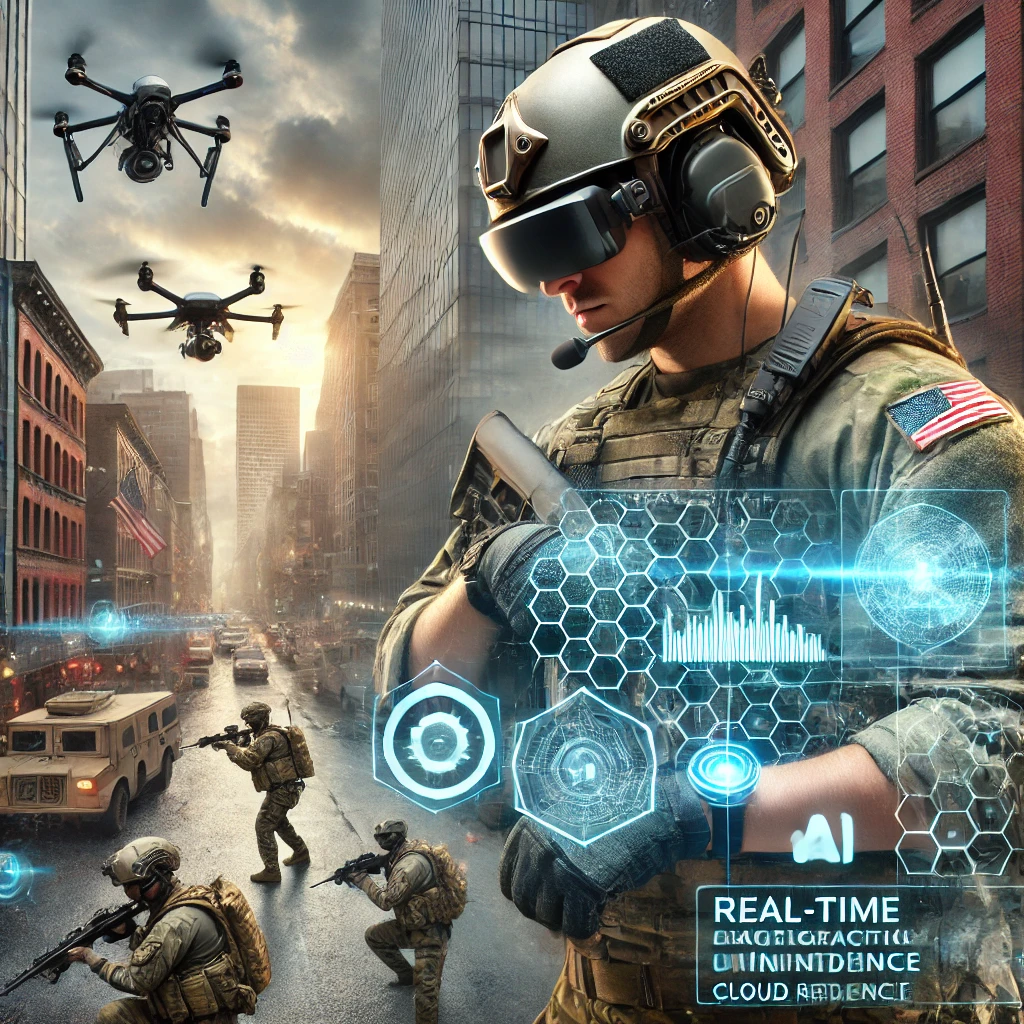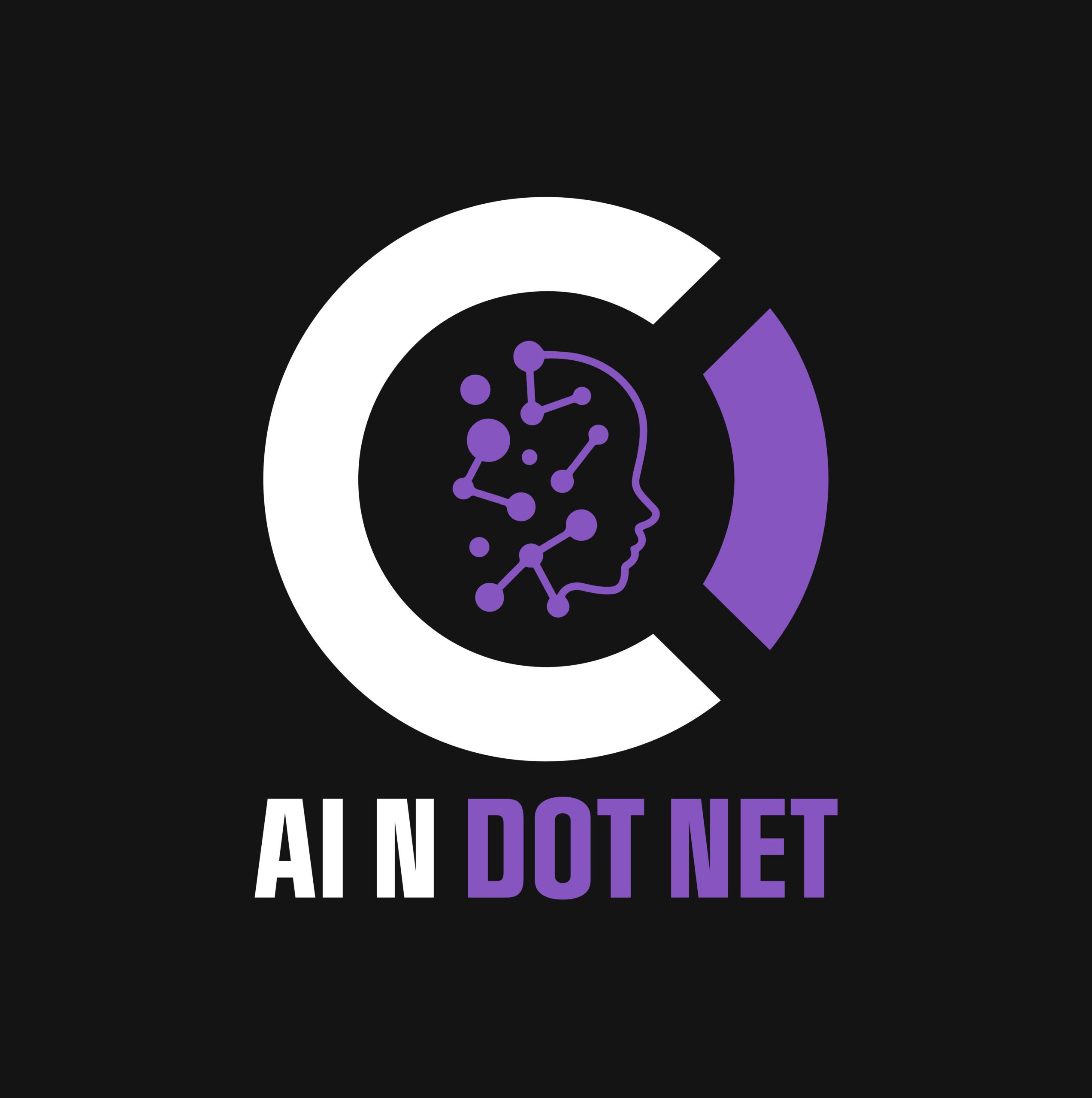Introduction: The AI Integration Crisis in Real-World Operations
Artificial intelligence (AI) is transforming industries, but a critical problem remains: the gap between theoretical AI research and real-world AI deployment.
Despite billions invested in AI development, many systems fail when deployed in dynamic environments like military operations, emergency response, and industrial automation.
A recent case study from The AI Integration Crisis: A Special Operator’s View from the Tactical Edge by Richard Byno highlights how this failure cost U.S. special forces a mission-critical opportunity. This article explores:
✅ Why AI models trained in labs struggle in real-world applications
✅ How edge AI is solving real-time decision-making challenges
✅ What businesses and government agencies can learn from military AI failures
Case Study: AI in Combat—The Real-World Integration Challenge
A U.S. special operations team tracks a high-value target in the South China Sea. Their AI-driven surveillance system, designed to analyze patterns and detect anomalies, should provide real-time intelligence.
But there’s a major flaw:
🚨 The AI system relies on cloud-based servers, introducing critical latency.
🚨 By the time intelligence is processed and returned, the target has disappeared.
🚨 The mission fails due to outdated AI insights.
Meanwhile, adversaries equipped with AI at the edge—processing data locally instead of in the cloud—can react within seconds, recognizing pattern shifts and adapting in real time.
This case study exposes a major problem: theoretical AI research does not always translate to applied AI success in real-world conditions.
Theoretical AI vs. Applied AI: Understanding the Difference
One of the biggest reasons for AI deployment failures is the disconnect between how AI is developed in research labs versus how it operates in real-world environments.
Key Differences Between Theoretical AI Research & Applied AI
| Factor | Theoretical AI (Lab Research) | Applied AI (Real-World Operations) |
|---|---|---|
| Data Quality | Clean, structured datasets | Noisy, incomplete, unpredictable data |
| Compute Power | Unlimited cloud resources | Edge devices with limited processing power |
| Latency Sensitivity | Delays tolerated for improved accuracy | Decisions needed in milliseconds |
| Error Handling | Models trained to achieve high accuracy | Speed and adaptability prioritized |
| Deployment Cycle | Slow, research-driven iterations | Agile, real-time field testing |
💡 AI research thrives under perfect conditions—but real-world AI must work with unpredictable, imperfect data in time-sensitive environments.
The Solution: Edge AI for Real-Time Decision Making
To bridge the AI deployment gap, organizations must shift from cloud-dependent models to AI at the edge—where processing happens locally on devices, reducing latency and increasing reliability in real-time operations.
Key Benefits of Edge AI:

✔ Instant Decision-Making – Eliminates reliance on slow cloud processing
✔ Works in Any Environment – No internet connection required
✔ More Secure – Reduces data exposure to cyber threats
✔ Lower Bandwidth Costs – No need to transfer large amounts of data
By implementing edge AI, military teams, emergency responders, and industrial companies can process mission-critical data in real time, preventing costly delays.
How to Close the AI Deployment Gap
Move AI Processing to the Edge
Instead of relying on cloud-based AI, deploy models directly on ruggedized edge devices. These systems analyze, learn, and act instantly without waiting for cloud-based processing.
Running AI in .NET makes this easy. Buy industrial rated (if not installed in your data center), high performance computers, and deploy your .NET AI application.
Shift from Lab Testing to Real-World Iteration
AI must be tested in real-world conditions before deployment. Organizations should:
✅ Use real, unstructured data in training models
✅ Deploy AI prototypes in the field for testing
✅ Continuously iterate based on user feedback
Involve End Users in AI Development
AI systems must be built with direct input from field operators, whether they are military personnel, factory workers, or first responders.
By collaborating with those who will use AI daily, developers can build practical, deployable, and user-friendly AI solutions.
Business & Government Takeaways: AI Must Be Deployment-Ready
This military case study isn’t just a defense issue—it applies to businesses, government agencies, and industries struggling with AI deployment.
Common AI Deployment Challenges in Industry:

⚡ Supply Chain & Logistics – AI models struggle with real-time inventory tracking in dynamic environments
⚡ Healthcare AI – Many AI-driven diagnostics models fail due to poor real-world patient data
⚡ Manufacturing Automation – AI vision systems trained in labs fail on messy, complex factory floors
Key Takeaway: Applied AI Must Prioritize Speed & Adaptability
A fast, adaptable AI beats a “smarter” AI that can’t act in time.
To maximize AI’s potential, organizations must shift their focus:
✅ From research-first to deployment-first
✅ From cloud-based AI to edge AI
✅ From academic benchmarks to real-world usability
Companies that successfully bridge the theoretical-applied AI gap will lead in automation, defense, and decision-making innovation.
Final Thoughts: Is Your AI Deployment-Ready?
This case study highlights a crucial lesson: AI is only as valuable as its real-world execution.
📌 Does your organization struggle with AI deployment?
📌 Are your AI models trained in theory but failing in practice?
If so, it’s time to prioritize AI that works in real-world conditions.
💬 Join the conversation: Have you faced challenges when deploying AI? What strategies helped? Let’s discuss in the comments!
Want to stay ahead in applied AI?
📑 Access Free AI Resources:
- Download our free AI whitepapers to explore cutting-edge AI applications in business.
- Check out our AI infographics for quick, digestible AI insights.
- 📖 Explore our books on AI and .NET to dive deeper into AI-driven development.
References
The AI Integration Crisis: A Special Operator’s View from the Tactical Edge
Disclaimer
We are fully aware that these images contain misspelled words and inaccuracies. This is intentional.
These images were generated using AI, and we’ve included them as a reminder to always verify AI-generated content. Generative AI tools—whether for images, text, or code—are powerful but not perfect. They often produce incorrect details, including factual errors, hallucinated information, and spelling mistakes.
Our goal is to demonstrate that AI is a tool, not a substitute for critical thinking. Whether you’re using AI for research, content creation, or business applications, it’s crucial to review, refine, and fact-check everything before accepting it as accurate.
Lesson: Always double-check AI-generated

